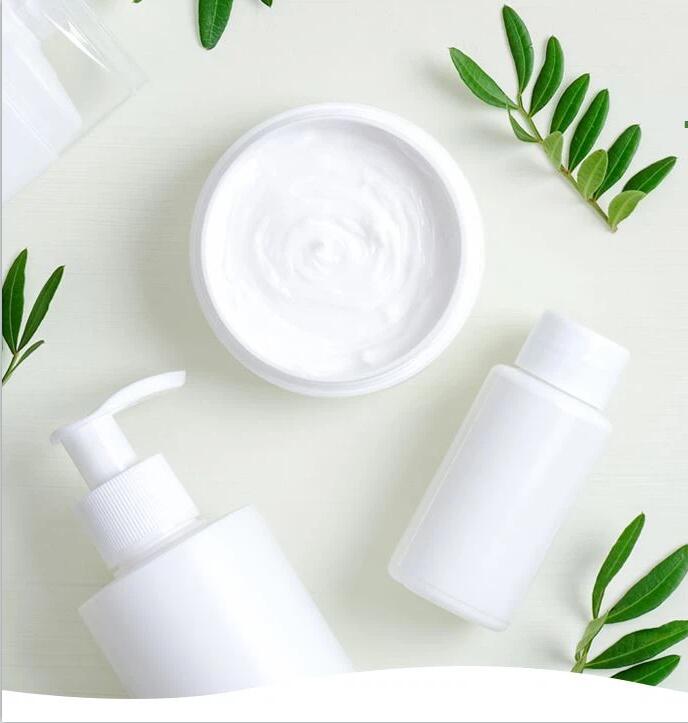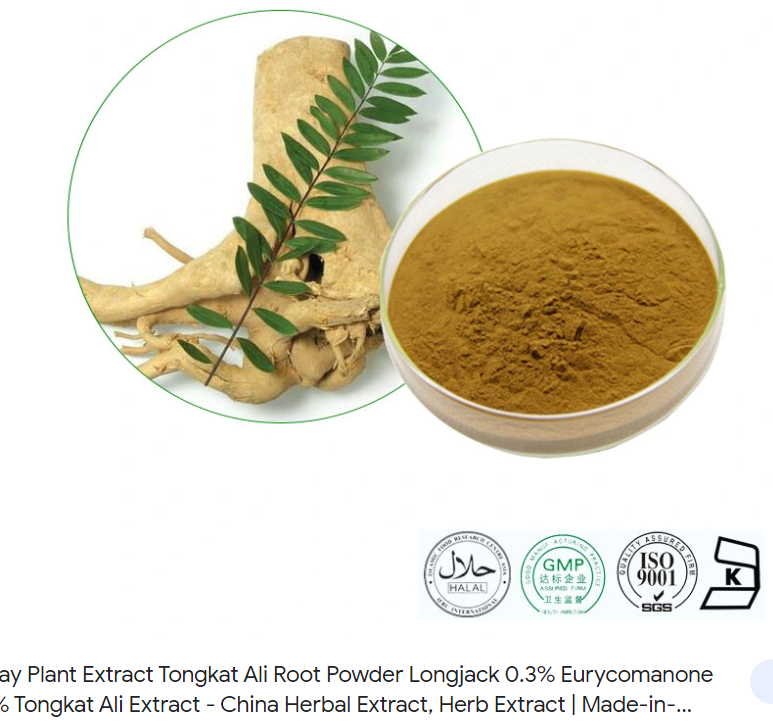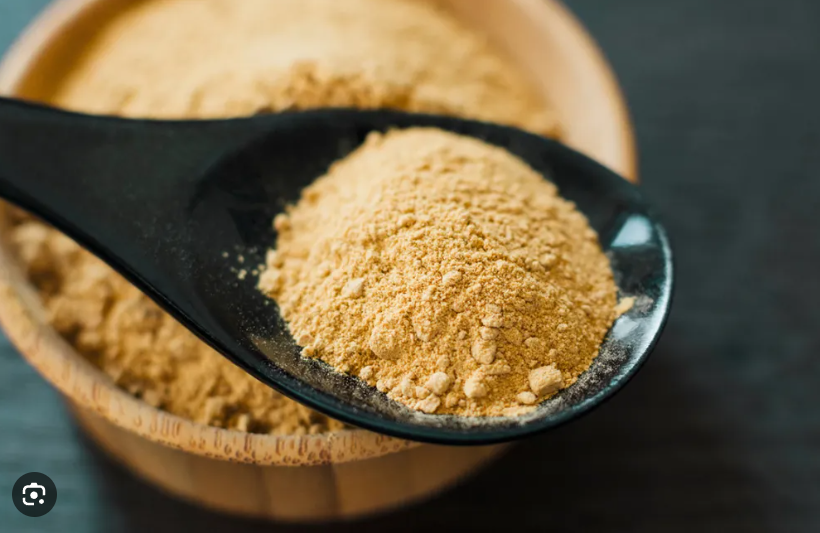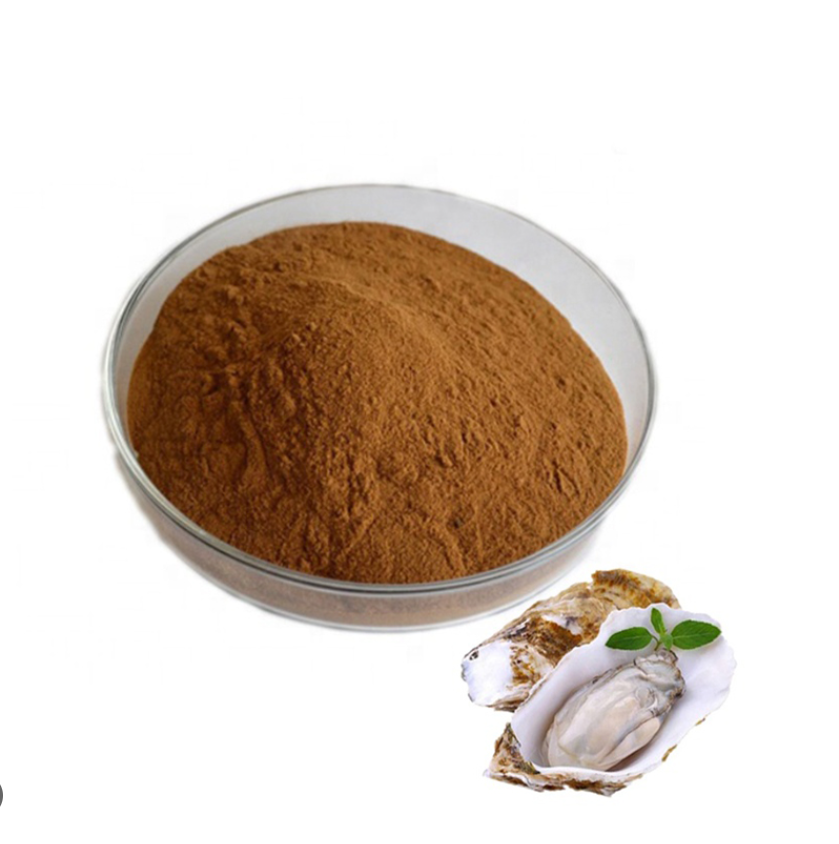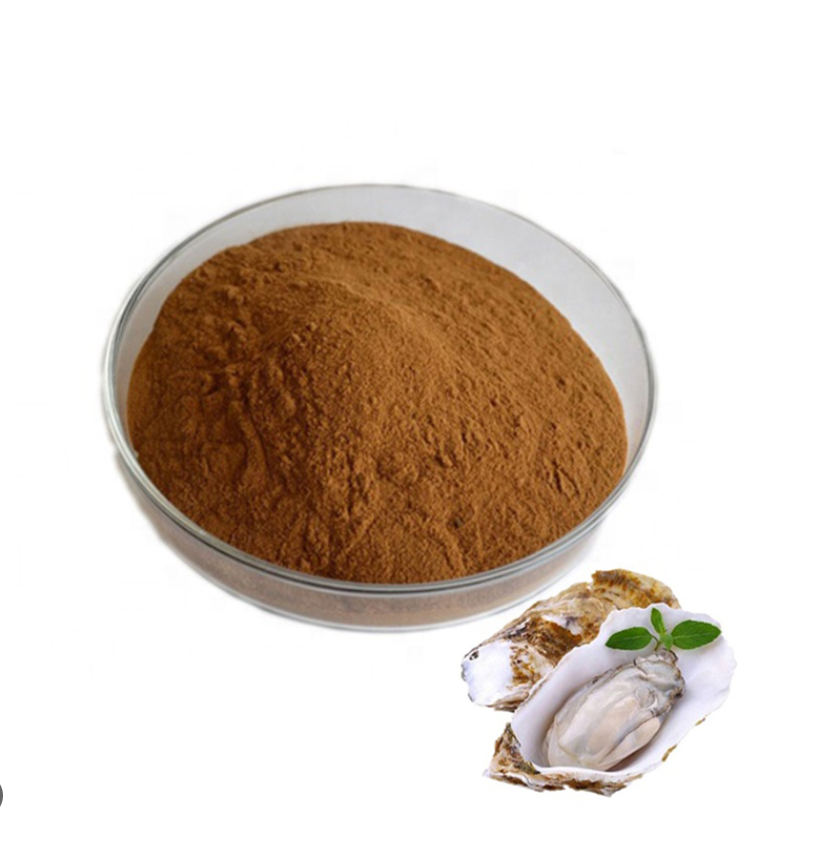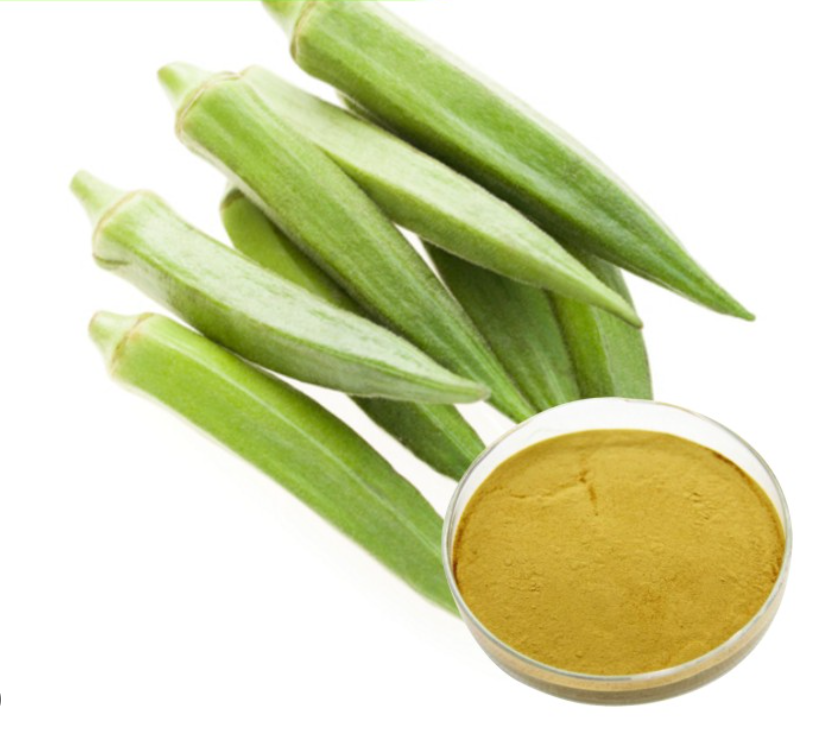Glabridin Whitening skin delay aging skin smooth CAS No 59870-68-7
Grade Standard
Medicine Grade,Cosmetic Grade
Certificate
GMP ISO USP Bp MW
324.37 Storage
Cool Dry Place
Shelf Life
2 Years Proper Storage
Assay :99.9% Min Glabridin
Type of Product
Cosmetic Glabridin
Einecs No
611-908-7
Sample
Glabridin Avaliable
MF
C20h20o4
CAS No
59870-68-7
Product Name
Glabridin
Appearance
White Powder
Active Ingredient
Glabridin
Transport Package
100g Per Bag
Specification
99% min Glabridin
Origin
Shaanxi China
Production Capacity
5000kg/Year
r
Glabridin is a kind of flavonoid active ingredient derived from licorice root. It is a common skin whitening ingredient. Only 1g Glabridin can be extracted from per 500kg licorice root. And its whitening effect is 1000 times that of vitamin C. Therefore, it also enjoys the name of "Whitening Gold". Glabridin, as a major ingredient of licorice for skin, is mild and non-irritating
Function of Glabridin :
1. Glabridin has depigmentation and lightening properties. It inhibits the production of melanin, the pigment
responsible for the colouring of the skin;
2. Studies have show positive effects in fields like LDL(low-density lipoprotein ) protection against oxidation;
3. Glabridin inhibits the inflammatory reaction by blocking cyclooxygenase and preventing the formation of
free radicals such as superoxide anions;
4. At the same time Glabridin prevent rough skin and also has anti-inflammatory, antibacterial effect.
Application of Glabridin :
1. As a sweetener, licorice exatrct is used in food industry;
2. As as raw materials of drugs for clearing heat and detoxicating,licorice extract is used in medicine field;
3. As product for benefiting stomach, licorice extract is widely used in health industry;
4. Licorice extract applied in cosmetic field, licorice extract is able to nourish and cure the skin.
Glabridin (Gla) is a typical flavonoid isolated from the Glycyrrhiza glabra with various bioactivities and is a common additive in many cosmetics. In our study, we evaluated the antiscarring effect of Gla from G. glabra in a rabbit ear hyperplastic scar model. Hematoxylin and eosin staining and Masson staining were applied to determine the pathological changes and collagen fibers of scar tissue in rabbits. The results suggested that Gla could reduce rabbit ear scar hyperplasia, inhibit inflammation, and decrease collagen production. Furthermore, the in vitro cell experiments were applied to determine the effects of Gla on human keloid fibroblasts (HKFs), and we observed that Gla suppressed the HKF cells’ proliferation via inducing apoptosis. Subsequently, we found that Gla reduced collagen production in HKF cells. The further molecular mechanisms investigations suggested that Gla played a therapeutic role against keloid by attenuating PI3K/Akt and TGFβ1/SMAD pathways. Our study would be beneficial for extending the applications of the known sweet plant of G. glabra.






